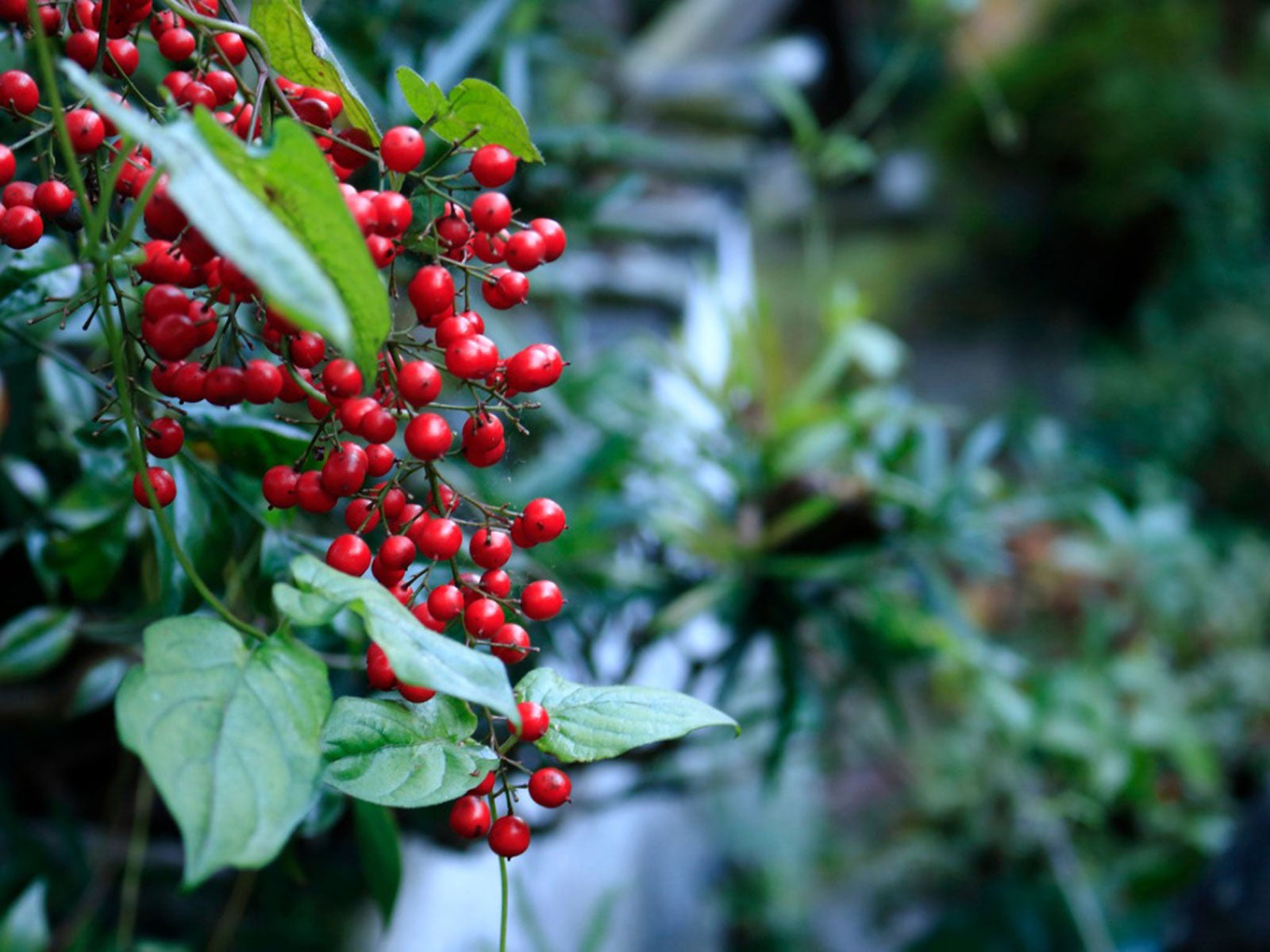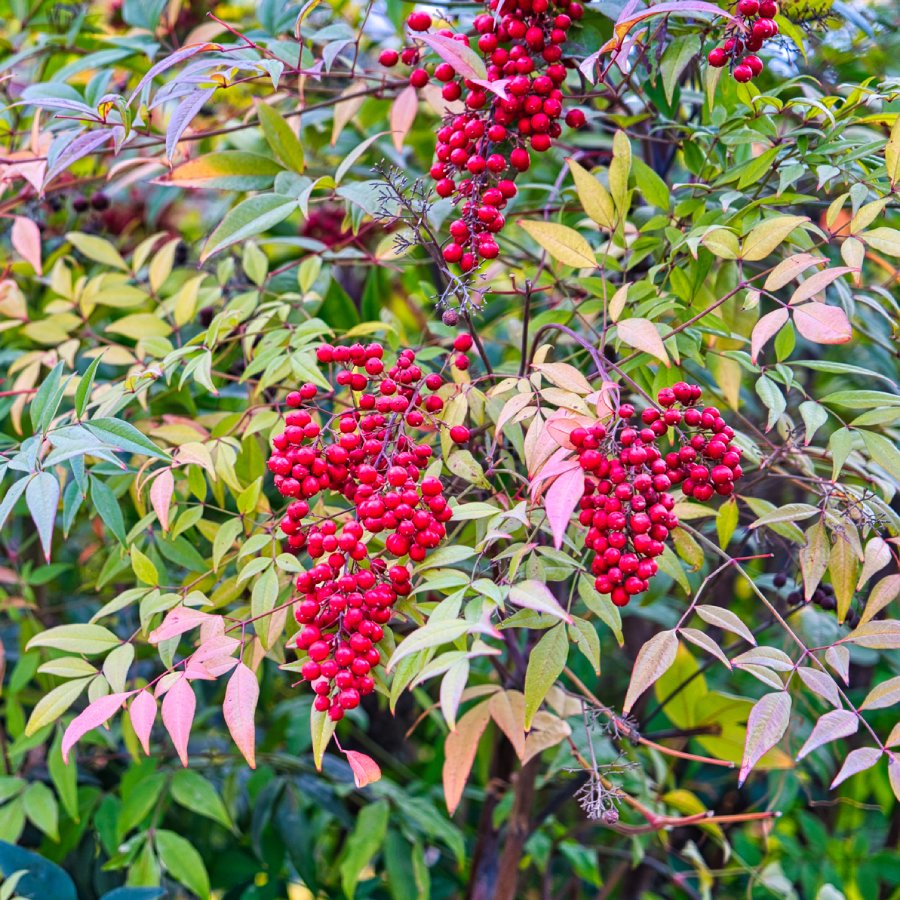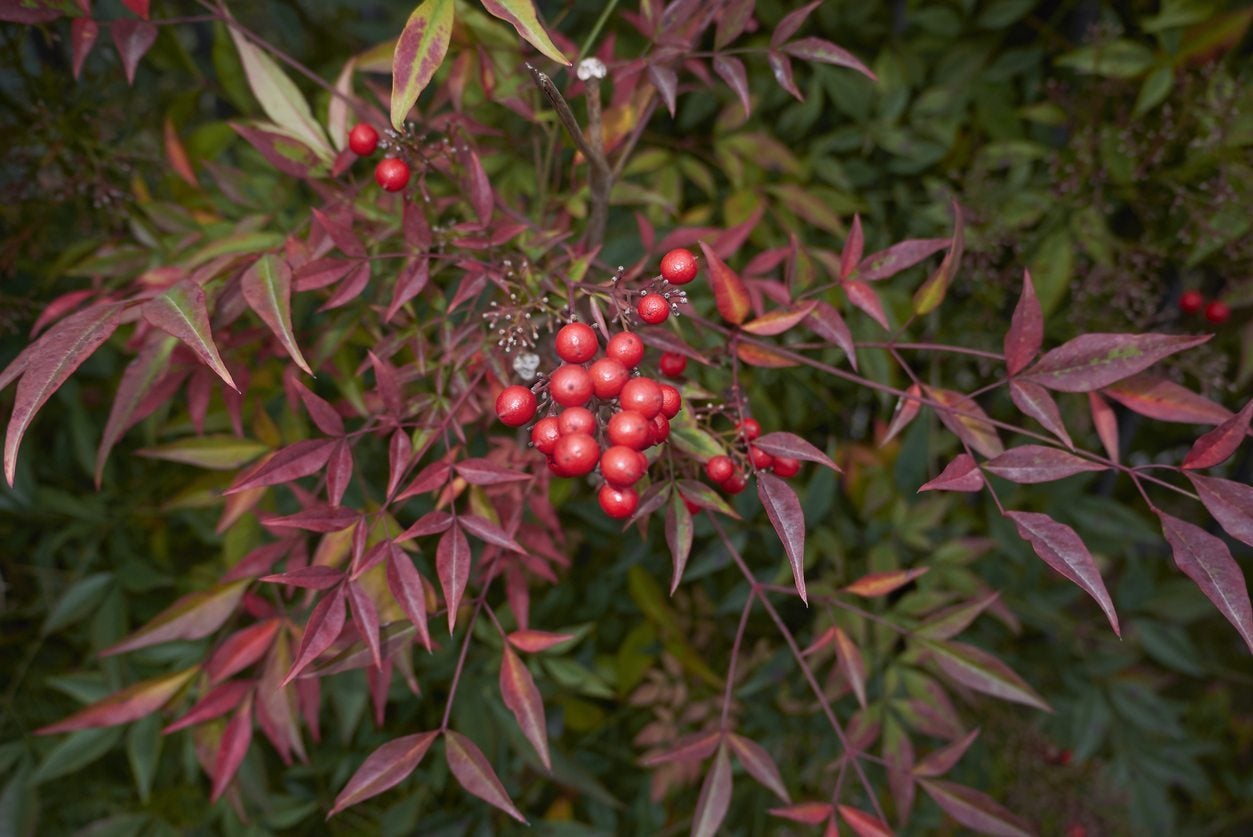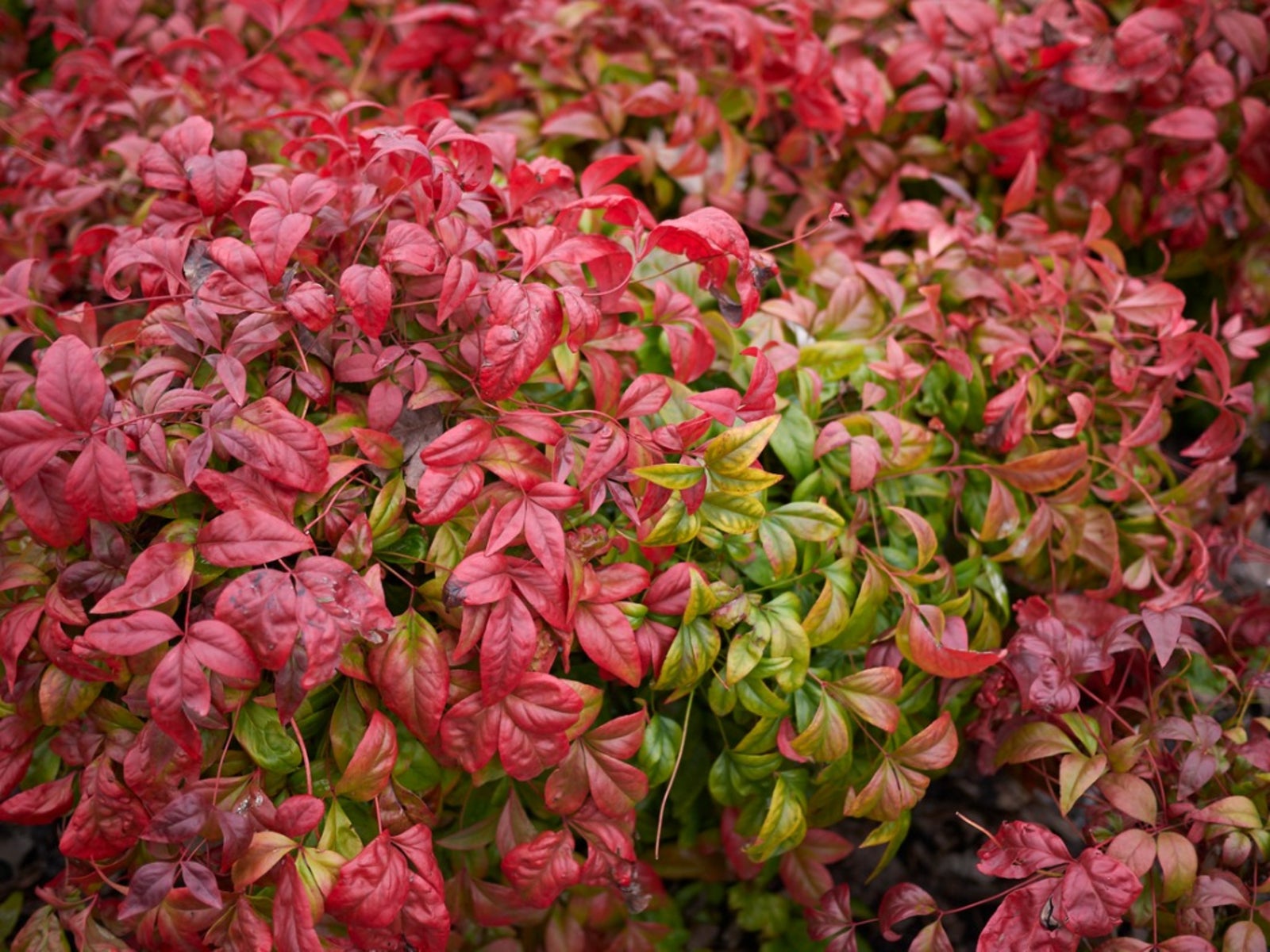Toxic Berries To Birds – Do Nandina Berries Kill Birds


Heavenly bamboo (Nandina domestica) is not related to bamboo, but it has the same lightly branched, cane-like stems and delicate, fine textured foliage. It is an upright ornamental evergreen shrub with beautiful berries that mature to brilliant red. Are nandina berries poisonous? The answer is yes! The berries contain cyanide and can be toxic berries to birds. In fact, birds eating nandina berries sometimes die.
Are Nandina Berries Poisonous?
Nandina shrubs have many traits that make them appealing to gardeners. These plants have year-round interest with spring flowers, ornamental fruits, and sometimes autumn color. They tolerate drought, shade, and salt and are quite resistant to damage by deer. In addition, they are free of serious pest issues.
However, before planting nandina shrubs, you need to read up on heavenly bamboo berries and birds. One of the most ornamental features of this bush is its shiny red berries, quite similar to holly berries. Unlike holly, however, these can be toxic berries to birds.
Do Nandina Berries Kill Birds?
Nandina berries and foliage can be dangerous for livestock and household pets if eaten. The berries are toxic to birds as well. Thankfully, they are not the first food choice of wild birds but some species, including cedar waxwing, northern mockingbird, and American robin, eat the berries if nothing else is available. Nandina berries kill birds when enough are eaten.
Other factors are believed to be involved as well. Swings in temperatures and lack of sufficient water can cause plant species to produce cyanide in greater concentrations. Combine that type of weather pattern with the voracious eating habits of some migratory birds that gorge themselves on berries. It is no wonder that hundreds can die, especially when the berries are overripe.
Heavenly Bamboo Berries and Birds
Heavenly bamboo berries and birds are also related in another way. One of the downsides of these shrubs is their invasiveness. They propagate readily from the seeds in their berries.
If berries are simply allowed to fall beneath the tree canopy, the gardener can weed out unwanted plants. Heavenly bamboo berries and birds, taken together, can spread the species into wild areas.
Gardening tips, videos, info and more delivered right to your inbox!
Sign up for the Gardening Know How newsletter today and receive a free copy of our e-book "How to Grow Delicious Tomatoes".
If you want to plant nandina while avoiding invasiveness and bird mortality issues, you should plant fruitless cultivars, or at the very least, trim the bush prior to berry production or cut them as soon as they develop.

Teo Spengler is a master gardener and a docent at the San Francisco Botanical Garden, where she hosts public tours. She has studied horticulture and written about nature, trees, plants, and gardening for more than two decades. Her extended family includes some 30 houseplants and hundreds of outdoor plants, including 250 trees, which are her main passion. Spengler currently splits her life between San Francisco and the French Basque Country, though she was raised in Alaska, giving her experience of gardening in a range of climates.
-
 How To Make A Bouquet Garni Or Herb Bundle For Cooking
How To Make A Bouquet Garni Or Herb Bundle For CookingIf you’re a great cook, you may have made an herb bundle before. If this is a new idea, learn how to add sparkle and interest to your dish with a bouquet garni.
By Amy Grant
-
 ‘Coral Charm’ Peony Care For Sublime Semi-Double Peonies With Lush Salmon Pink Flowers
‘Coral Charm’ Peony Care For Sublime Semi-Double Peonies With Lush Salmon Pink FlowersPeonies are known for their soft baby pink or magenta tones, but if plushy coral blooms are your thing, here’s our guide to the ultimate ‘Coral Charm’ peony care
By Tonya Barnett
-
 Heavenly Bamboo Control – How To Get Rid Of Heavenly Bamboo Bushes
Heavenly Bamboo Control – How To Get Rid Of Heavenly Bamboo BushesMany gardeners want to learn about heavenly bamboo management. Click here for tips on how to get rid of Nandina in the landscape.
By Amy Grant
-
 Native Nandina Alternatives: Heavenly Bamboo Replacement Plants
Native Nandina Alternatives: Heavenly Bamboo Replacement PlantsBy Becca Badgett
-
 Nandina Plant Pruning: Tips For Cutting Back Heavenly Bamboo Shrubs
Nandina Plant Pruning: Tips For Cutting Back Heavenly Bamboo ShrubsNandina plants can get leggy as they grow taller. Pruning heavenly bamboo plants keeps these foundation shrubs dense and bushy. If you want to learn how to prune nandina, we?ll give you the top tips on cutting back heavenly bamboo in this article.
By Teo Spengler
-
 Growing Heavenly Bamboo - Tips On Caring For Heavenly Bamboo
Growing Heavenly Bamboo - Tips On Caring For Heavenly BambooHeavenly bamboo plants have many uses in the landscape. Growing heavenly bamboo is not complicated, and you can learn more here in this article. Once you've learned the basics of caring for heavenly bamboo, you can enjoy this attractive plant.
By Becca Badgett